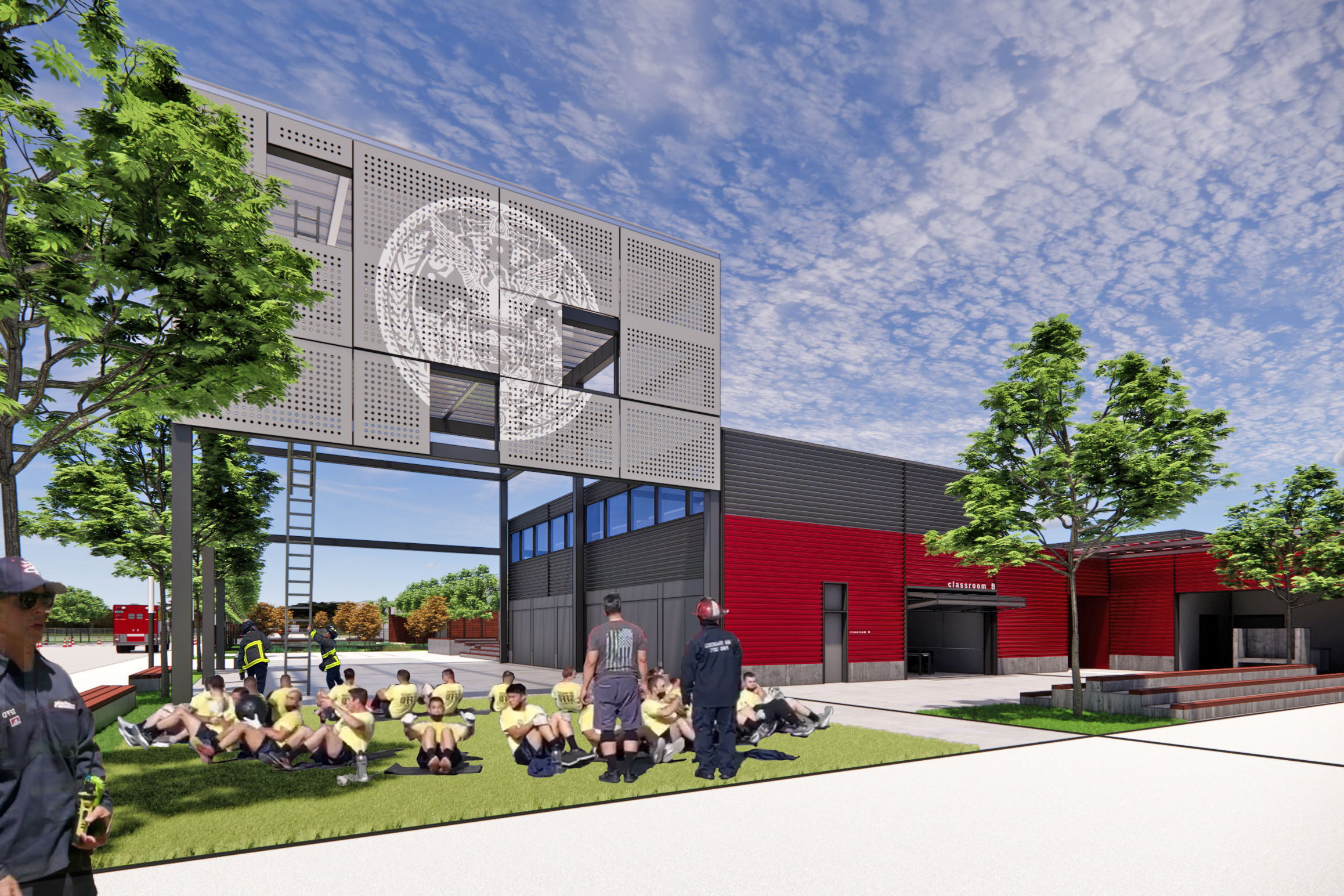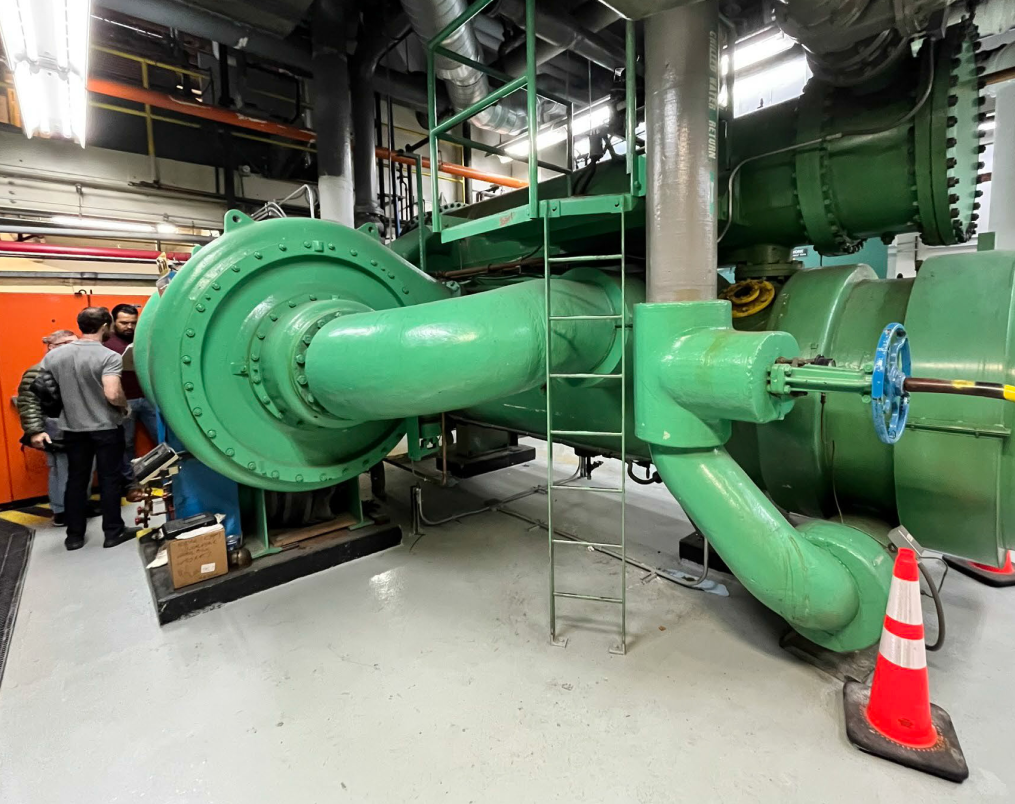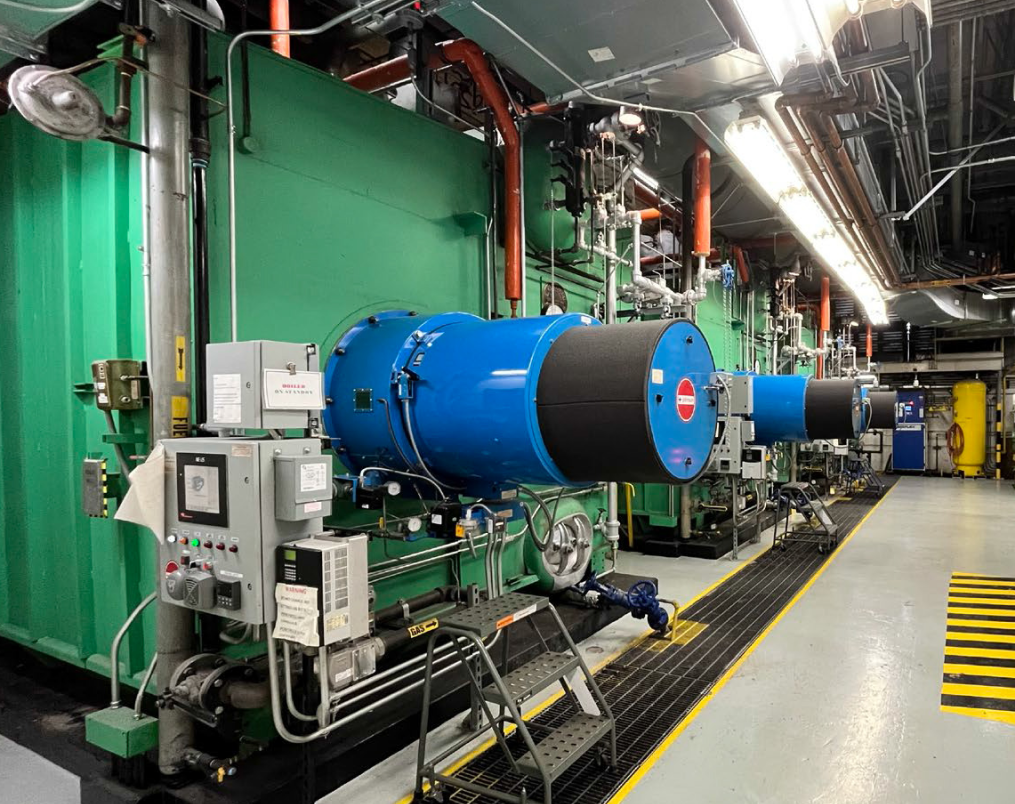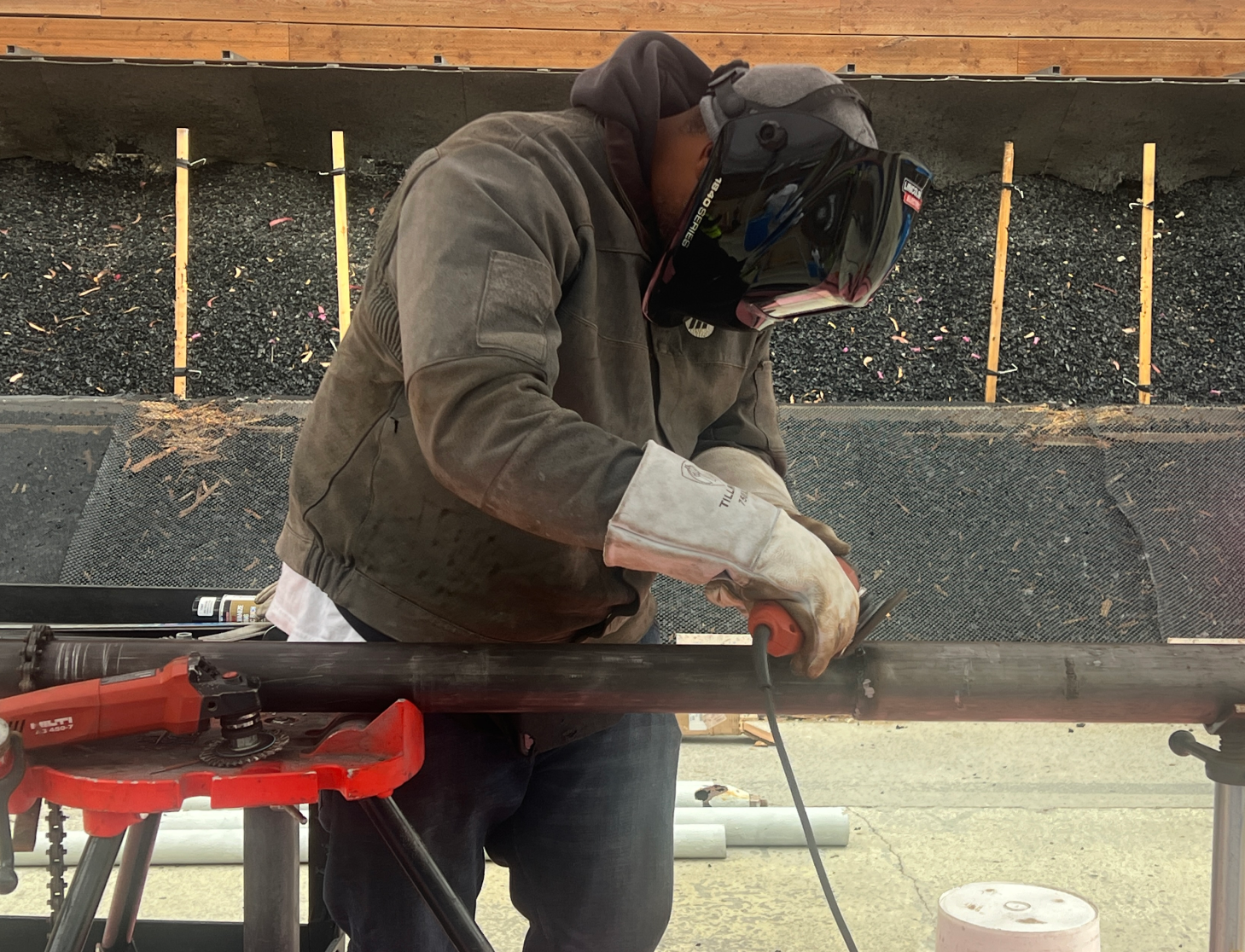DEM: Department of Emergency Management
FIR/SFFD: Fire Department
JUV: Juvenile Probation Department
POL/SFPD: Police Department
SHF: Sheriff’s Department
APD: Adult Probation Department
DA: District Attorney’s Office
PD: Public Defender’s Office

The Public Safety Service Area addresses the capital needs of the agencies working to keep San Franciscans safe and secure in their daily lives and in response to emergency situations. From fire and police stations, to jails and juvenile detention facilities, to evidence storage and forensic lab space, public safety facilities have unique needs for their highly specialized operations. Maintaining the infrastructure that enables public safety departments to do their jobs safely, day in and day out is one of the primary challenges of the Capital Plan. To ensure the security and well-being of San Francisco’s visitors and residents, including those in custody, the City must devote resources to provide humane and resilient facilities for our public safety agencies.
Overview
Neighborhood fire stations and support facilities, district police stations and related facilities, County jails, 911 call center, emergency firefighting water supply system, and court-related agencies such as the District Attorney, Public Defender, and Adult and Juvenile Probation are all important in providing public safety services. While significant facility and infrastructure needs remain, the City has provided more funding for these facilities over the past 14 years compared to any period.
Earthquake Safety and Emergency Response (ESER) G.O. Bond Program
Since June 2010, and again in 2014 and 2020, the voters of San Francisco have enthusiastically supported the ESER G.O. Bond Program at the ballot box. That program has provided $1.44 billion in funding for essential public safety projects large and small, from a new public safety headquarters and crime lab, to focused scope projects in neighborhood fire and district police stations. Key projects from the 2020 ESER Bond are underway, such as constructing a new division of training, retrofitting Ingleside Police Station, and expanding the 911 Call center. The ESER Program is projected to continue in the Plan, with a bond slated for the November 2028 ballot. Another major program in ESER is the Emergency Firefighting Water System (EFWS), sometimes referred to as the Auxiliary Water Supply System. EFWS is an independent high-pressure water supply system dedicated to fire protection. The system consists of core facilities, pipelines, tunnels, and cisterns, which provide the ability to deliver water at extremely high pressures in defense against large multi-alarm fires, specifically those that could occur after a large earthquake when the domestic water system may be impacted.
Since 2010, $363 million has been committed to repairs, retrofits, upgrades and expansion of the system. These investments have been primarily funded through the Earthquake Safety and Emergency Response (ESER) Bond General Obligation (G.O.) Program with support from water revenue bonds and developer agreements. These amounts do not include network expansions required for large development projects. With the completion of major facility, reservoir, core system improvements, revenue going forward will largely go toward the western and southern portion of the city where the pipe network is less robust and there are opportunities to incorporate additional water sources and leverage San Francisco Public Utilities Commission (SFPUC) investments to the potable water delivery network. A study analyzed expansion and loop options in the Richmond, Seacliff, and Sunset districts. Phase 1 of this work is largely funded through 2020 ESER Bond funds and Phase 2 is expected to use a portion of the planned 2028 ESER Bond. A new set of citywide expansion projects based on a study completed at the end of 2022 is considered for this Plan.
Justice Facilities Improvement Program
The Justice Facilities Improvement Program (JFIP) was originally developed in 2008 to facilitate the closure of the Hall of Justice (HOJ) and the construction of replacement spaces for the departments that occupied that facility.
The HOJ stands seven stories tall and opened in 1958. It contains the County’s criminal courthouse, office space for various justice-related staff, and County Jails #3 and #4, which were closed in 2020. County Jail #4’s kitchen, laundry, and some of the building’s core subsystems continue to support operations at the adjacent County Jails #1 and #2. A major earthquake would likely generate significant damage to the building and render it unusable.
As San Francisco is responsible for the lives of the persons in custody and the staff who work with them, closing the vulnerable HOJ facility has been a top priority of the City’s Capital Plan since its inception and remains so.
The City has taken several significant steps towards the closure of the HOJ. To vacate the building as expediently as possible per direction from the City Administrator, staff from the District Attorney, Police, and Adult Probation departments have been relocated to leased space. Their exit, combined with the relocation of the Office of the County Medical Examiner and the new Traffic Company and Forensic Services Division to a new facility at 1995 Evans St., both funded by the 2014 ESER Bond, has reduced operations in the building. Capital investments to end the reliance of the downtown justice campus on the HOJ have also begun. The renewal of the County Jail #2 kitchen was funded with the General Fund as part of the Capital Budget in FY2019. Certificates of Participation (COPs) were authorized to acquire and prepare a new facility at 1828 Egbert Street. Evidence and Property are slated for relocation to the Egbert site once renovations are complete.
In anticipation of constructing an administrative building to house occupants of the Hall of Justice once it was demolished, including the District Attorney and Adult Probation who moved to leased space, the City acquired five parcels on the 820 Bryant Street block. As construction costs have sharply increased, construction of a new facility there does not seem financially feasible. As the City has been working closely with the state and the Superior Court, the City offered the 820 Bryant Street block as a potential site of a replacement courthouse.
In spring 2024 the Judicial Council of California completed a feasibility study for a replacement courthouse on the block adjacent to the HOJ between Harriet Street and 6th Street (“the 820 Bryant block”). The study recommended two footprint options that would utilize the full 820 Bryant block. Assuming the Courts will build their replacement courthouse on that HOJ-adjacent site, the City must plan for the exit of its remaining offices with that likelihood in mind. The City is exploring several exit scenarios, including construction and lease options, and will mobilize available appropriations and debt capacity to deliver the best long-term solution.
Master Planning
In the wake of workplace changes and expected population growth, greater demand is being placed on the City’s public safety agencies and their facilities. The fire department, police department, and Sheriff have identified significant facility needs to deliver high quality services. Large changes are also happening at the Juvenile Probation Department, including exploring alternatives to Juvenile Hall, as directed by the Board of Supervisors in 2019 and as required by new mandates resulting from the California Division of Juvenile Justice Realignment of 2021.
|

|

|


